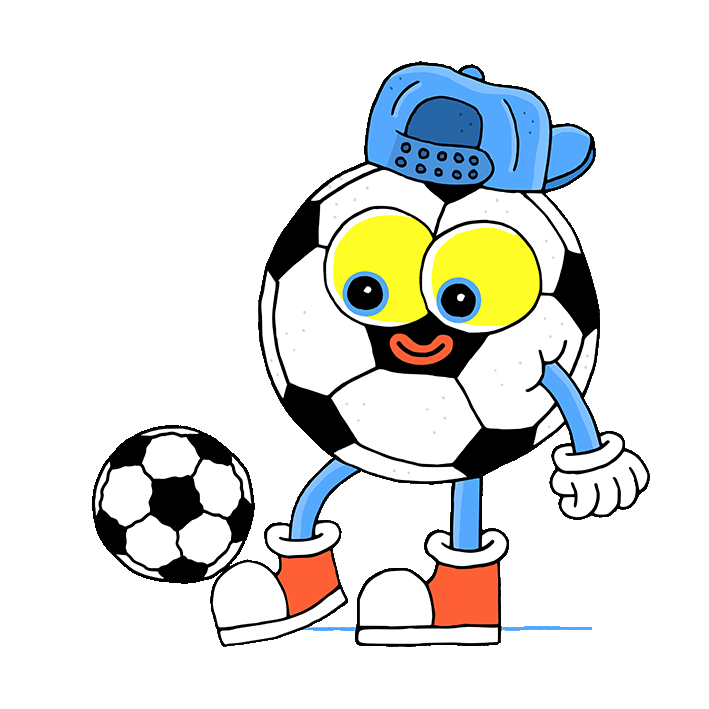Tell us a little bit about your creative backgrounds. Who are Julia and Jera and how did they get here?
Julia: I started in New York at Publicis, moved to California to work at Wongdoody LA then Saatchi LA. Since my son was born, I went freelance and started doing more personal projects - mostly funny writing for things like Scary Mommy, Huffington Post, and McSweeney’s.
Jera: I started in Las Vegas at R&R Partners, moved around a bit, moved to LA to work at TBWA\Chiat\Day. I’ve worked at Innocean and Saatchi and went freelance after my 3rd child was born. I’ve been known to take on a design project or two outside of advertising that are more for the soul.
How would you describe your creative style? Is there often a political or social edge to your work, or do you feel a certain immediacy these days?
Julia: In advertising, I like to find what’s true about a product and connect that to people. I love when there’s friction. Same goes for my personal writing - I love to mine what’s true.
Jera: I like to think I can answer a creative brief in any way that makes sense to the project. Ultimately, I like to make work that makes people feel something. I always try to do this in the most creative way possible that is also authentic and relevant. But sometimes it’s fun to just make work that’s fun. In other words, I have a range...going from silly to really meaningful.



